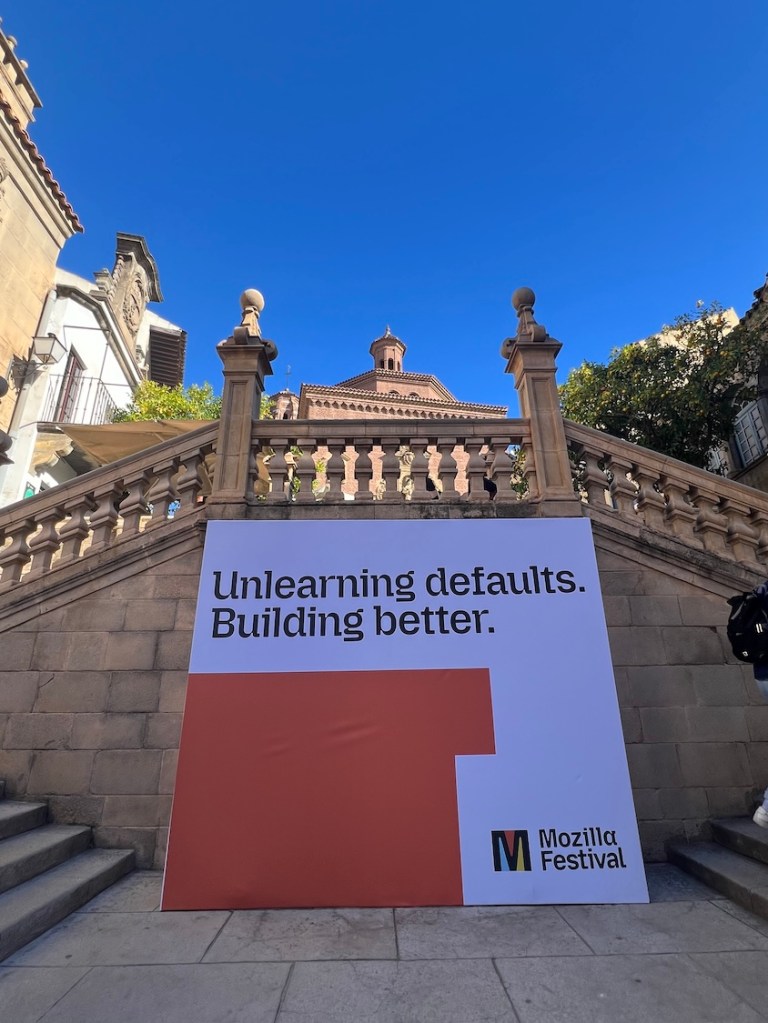Flickr Foundation’s Founder and Executive Director, George Oates, spoke with Rabble a.k.a. Evan Henshaw-Plath, Twitter’s first employee, about Flickr’s early days, the philosophy behind community-first design and why tech needs a non-profit model to secure the cultural heritage of the web.
Here’s a brief summary of what the podcast covered:
From Game Neverending to a Flickr Community
Few remember but Flickr emerged from an unexpected source: a massively multiplayer online role-playing game (MMORPG) called Game Neverending. At its heart the game required players to work together, to collaborate in order to succeed. This eventually evolved from sharing objects and images to sharing photos. It was this community element, that sparked a core that would shape the emergent Flickr community.
George — as Flickr’s first designer — and the rest of the Flickr team found themselves building the interfaces we now take for granted in social applications from the ground-up. Features like tags and geotagging opened up entirely new ways of seeing and communing: suddenly you could see a photo of a friend on a beach halfway across the world, almost immediately after it was taken; you could link up your photos with someone else’s, maybe someone who you’d never met, just through tagging with the same combination words (e.g. whatsinmybag).
Moderating like a neighbourhood, not a platform
This work of designing interfaces for community interaction predates the formalisation of “Trust & Safety” in the tech industry. Whilst censorship and shadowbanning have become part of today’s vocabulary and many people’s gripes with platforms today, George and the team co-authored an original approach. Flickr’s first community guidelines laid the path for a community maintaining their own norms and largely self-governing.
“We didn’t want to arbitrate what photos were right in what context. That has to be negotiated person to person.” – George
These guidelines developed organically, as George and her team saw how the community responded positively and negatively to the rules set in place. For instance, NIPSA (Not In Public Site Areas) emerged from a calamitous anecdote (you’ll have to listen to find out!). To better foster community acceptance and maintenance, these safety and privacy systems needed to enable nuanced content sharing rather than relying on blunt, top-down (or automated) enforcement.
Building a better investment model for the Internet
Today’s dominant platforms are shaped by venture capital logic, prioritising scale and profit above all else. Growth, specifically hyper-growth, becomes the measure of success, and anything that can’t be quantified gets sidelined — or worse, deleted. The huge numbers that hypergrowth necessitates don’t work at a human scale, they’re difficult to comprehend and ultimately don’t translate into real value or enjoyment.
Instead, as George remarked, there are other values that keep people on Flickr, such as “fondness, memory, nostalgia and family“, things you can’t place a dollar value on. For the people who use Flickr, it’s precious precisely because it has history in it. It’s about you and your stuff.
The value of tech Foundations and what’s at stake
Before closing, Rabble offered a pointed example of what happens when platforms lack institutional protection:
“Vine never had a Vine Foundation. Once Twitter [who acquired Vine in 2012] got sold to Elon Musk, it was lost—because there wasn’t an institution like Flickr Foundation… so when the domains expired, it all disappeared.” – Rabble
It is precisely because of this existential threat of platform deletion‚—spaces which now hold so much of our collective cultural heritage—that the Flickr Foundation launched Data Lifeboat, a first-of-its-kind flexible archiving tool for saving pieces of Flickr. Whilst Flickr is stable, George drew a striking analogy that nevertheless highlights the importance of proactive measures:
“There’s not a vessel on the ocean today that doesn’t have some form of life preservation in it — and that’s law. You can’t have a ship without it. But web platforms don’t have anything like that.” – George
In the absence of this requirement, it falls to organisations like the Flickr Foundation to demonstrate what responsible stewardship looks like and make the case for it to become standard practice. As Rabble kindly concluded:
“I want more people to know about the Flickr Foundation because it should be a model for all other platforms and spaces where we’re creating important cultural works.” – Rabble
If this vision resonates with you, please consider supporting us with a donation. Help us keep Flickr’s pictures visible for the next 100 years, and build a more sustainable, legacy-conscious web together.



